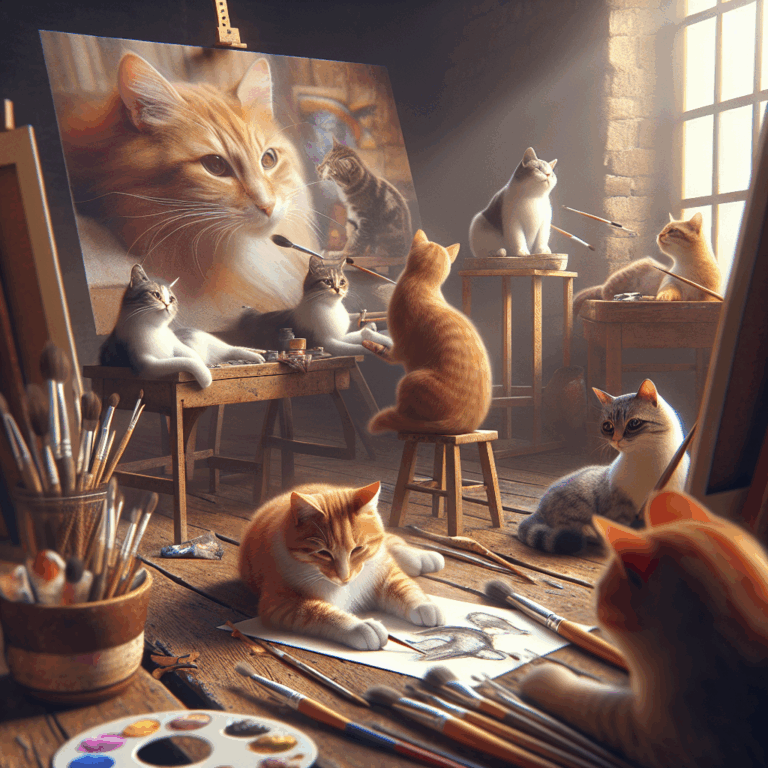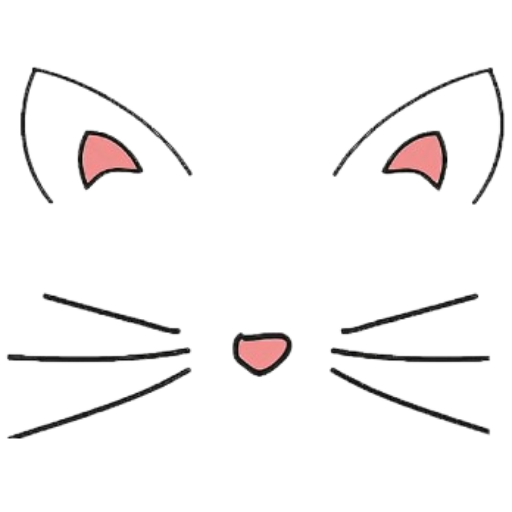The Feline Innovators of Art: Cats and Their Timeless Influence on Visual Creativity
- No Comments
In the ever-evolving tapestry of art history, few muse figures have been as enduringly captivating as the domestic cat. From ancient frescoes to contemporary installations, cats have been a persistent presence, inspiring artists across cultures and epochs. Their enigmatic allure and graceful poise have rendered them as perennial subjects, offering both a challenge and a delight to those who seek to capture their essence on canvas, in sculpture, or through the lens.
The fascination with feline figures dates back millennia, with their depictions found in the tombs of ancient Egypt, where they were revered as sacred beings. The goddess Bastet, often portrayed as a lioness or domestic cat, symbolized home, fertility, and protection, imbuing the cat with a divine status that artists of the time were eager to immortalize. These early representations set a precedent for the symbolic power of cats in art, which would echo through the centuries.
As trade routes expanded and cultures intermingled, the image of the cat traveled far and wide, leaving its paw prints on the art of diverse civilizations. In the East, the Japanese ukiyo-e tradition embraced the cat as a symbol of good fortune and prosperity, with renowned artists such as Utagawa Kuniyoshi featuring them prominently in their woodblock prints. These prints, vibrant with color and dynamic in composition, celebrated the playful and mysterious nature of cats, capturing their multifaceted roles in human society.
The Renaissance period saw a renewed interest in the natural world, and with it, an appreciation for the domestic cat as both a subject and a companion in art studios. The meticulous attention to detail that characterized this era allowed artists to explore the textures and forms of feline anatomy with unprecedented fidelity. Leonardo da Vinci himself was known to study the movements and musculature of cats, attributing to them an elegance that he sought to emulate in his masterpieces.
In more recent times, the advent of modern art movements has seen the cat’s role in art evolve yet again. The surrealists, with their penchant for the uncanny and the dreamlike, found in cats a perfect embodiment of their artistic ideals. Artists like Salvador Dalí infused their works with feline imagery, using cats to explore themes of transformation and the subconscious. Meanwhile, the playful and abstract nature of cats found a home in the vibrant colors and bold lines of pop art, as seen in the works of Andy Warhol, who famously immortalized his own feline companions in his series of cat prints.
Today, the influence of cats in art is as robust as ever, with contemporary artists continuing to draw inspiration from their feline muses. The internet age has ushered in a new era of cat art, where digital media allows for innovative expression and global reach. Artists are exploring new mediums, from digital painting to interactive installations, all while maintaining the cat’s status as an enduring symbol of mystery, independence, and grace.
The relationship between cats and art is one of mutual inspiration and timeless fascination. As long as there are artists to create and cats to charm, this dynamic dance of art and feline will continue to evolve, enriching the cultural landscape with its enduring interplay of form and meaning.

In the ever-evolving tapestry of art history, few muse figures have been as enduringly captivating as the domestic cat. From ancient frescoes to contemporary installations, cats have been a persistent presence, inspiring artists across cultures and epochs. Their enigmatic allure and graceful poise have rendered them as perennial subjects, offering both a challenge and a delight to those who seek to capture their essence on canvas, in sculpture, or through the lens.
The fascination with feline figures dates back millennia, with their depictions found in the tombs of ancient Egypt, where they were revered as sacred beings. The goddess Bastet, often portrayed as a lioness or domestic cat, symbolized home, fertility, and protection, imbuing the cat with a divine status that artists of the time were eager to immortalize. These early representations set a precedent for the symbolic power of cats in art, which would echo through the centuries.
As trade routes expanded and cultures intermingled, the image of the cat traveled far and wide, leaving its paw prints on the art of diverse civilizations. In the East, the Japanese ukiyo-e tradition embraced the cat as a symbol of good fortune and prosperity, with renowned artists such as Utagawa Kuniyoshi featuring them prominently in their woodblock prints. These prints, vibrant with color and dynamic in composition, celebrated the playful and mysterious nature of cats, capturing their multifaceted roles in human society.
The Renaissance period saw a renewed interest in the natural world, and with it, an appreciation for the domestic cat as both a subject and a companion in art studios. The meticulous attention to detail that characterized this era allowed artists to explore the textures and forms of feline anatomy with unprecedented fidelity. Leonardo da Vinci himself was known to study the movements and musculature of cats, attributing to them an elegance that he sought to emulate in his masterpieces.
In more recent times, the advent of modern art movements has seen the cat’s role in art evolve yet again. The surrealists, with their penchant for the uncanny and the dreamlike, found in cats a perfect embodiment of their artistic ideals. Artists like Salvador Dalí infused their works with feline imagery, using cats to explore themes of transformation and the subconscious. Meanwhile, the playful and abstract nature of cats found a home in the vibrant colors and bold lines of pop art, as seen in the works of Andy Warhol, who famously immortalized his own feline companions in his series of cat prints.
Today, the influence of cats in art is as robust as ever, with contemporary artists continuing to draw inspiration from their feline muses. The internet age has ushered in a new era of cat art, where digital media allows for innovative expression and global reach. Artists are exploring new mediums, from digital painting to interactive installations, all while maintaining the cat’s status as an enduring symbol of mystery, independence, and grace.
The relationship between cats and art is one of mutual inspiration and timeless fascination. As long as there are artists to create and cats to charm, this dynamic dance of art and feline will continue to evolve, enriching the cultural landscape with its enduring interplay of form and meaning.


